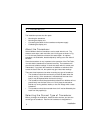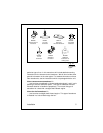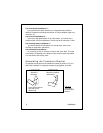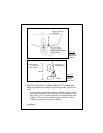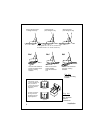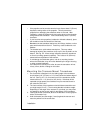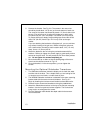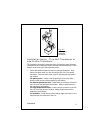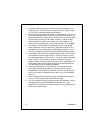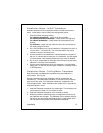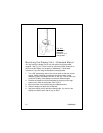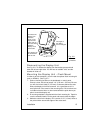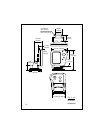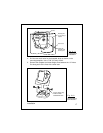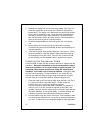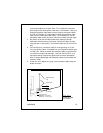
12
2. Choose a location where you can easily reach the transducer from
inside the boat. This will allow you to service the unit. Allow at least
6" (152 mm) of headroom above the transducer.
3. When
choosing a mounting location, drill a small pilot hole (1/8" or 3.2
mm) from the inside of the hull. Before you drill the hole, be sure you
will be able to reach the large nut on the top of the unit, and that there
will be enough clearance for the cable. If there is a strake or other
feature on the hull, drill from the outside of the hull instead. (This
small hole can be filled easily if the mounting location is not suitable.)
4. The position of the transducer is especially critical on high speed
boats (capable of more than 20 knots). Check the locations of the
transducers on similar boats before installing the transducer in your
own boat. Choose the location which will offer the best performance.
5. If the bottom of the hull at the mounting location is flat, you can mount
the transducer directly through the hull. If the hull rises at an angle
(the “deadrise angle”) of more than 10°, you must include a mounting
block or “fairing.” The transducer must be mounted in a vertical
position. Attach the fairing block to the hull as firmly as possible. This
fairing block must be able to resist the drag of the water against the
hull, and must also be completely waterproof.
6. If the hull of the boat has a core-type hull, you will need to follow
some special mounting procedures. The core material must be
protected from any water which may leak from the inside of the boat.
(If the core material is allowed to remain wet, it may rot and weaken
the hull.)
7. When working with the transducer, support it by holding the body of
the unit. Do not hang the transducer from the cable.
8. It is very important to seal the opening around the transducer using a
high-quality marine sealant suitable for underwater use. After
installation, do not leave your boat in the water for any amount of time
without checking for leaks.
Installation



